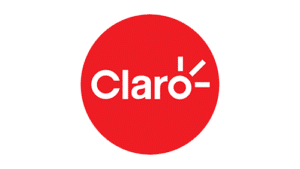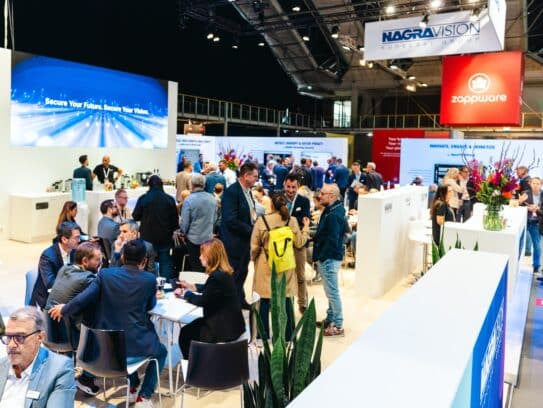In our latest blog, Olivier Biot reflects on the discussions from three recent events across APAC. Discussing the role of aggregation and the challenges and opportunities it brings, he explores how this latest approach to bundling is driving change in the industry and how media and entertainment providers are embracing it.
Olivier Biot, Solutions Marketing Manager
We’ve had an insightful series of events in the APAC region over the last few weeks, all bridging different complementary topics about the challenges facing providers of streaming services. We started with APOS, where we recently discussed Streaming’s Sustainability. Then at Indonesia in view, we explored the challenges being faced by local, regional, and global streaming services in Indonesia. Finally, with the Asia Video Summit on November 1st we discussed “The Great Rebundling”. This included topics such as what are the challenges still to be overcome and how rebundling can enable a better, richer experience for consumers that reduces the friction associated with accessing content from the multitude of available services.
Aggregation is not something new, as the media and entertainment industry has been bundling, unbundling, and re-bundling before. But now that mixing live channels with OTT content has become the norm, additional challenges have emerged. There are technical ones associated with enabling a seamless experience for the consumer, as well as strategic ones that enable a much more sustainable business for all the players involved.
With the multiplication of subscriptions, comes the need for multiple passwords and single sign-on solutions can be the first remedy in improving the experience for the consumer. But while important, this might only be the tip of the iceberg. When it comes to providing a truly seamless experience, including with curated content promotion and discovery, there are many other complex integration points like metadata or deep linking, where there is no agreed standard or even the same level of willingness across all content providers to provide access to their data or API. Consequently, this makes it more difficult for service providers to properly expose all the content they are aggregating.
Coming to content bundling itself, as highlighted during the recent panel, there is no one size fits all. While macro-economic conditions and a bewilderingly fragmented market mean consumers are looking for curated solutions that align to their new digital lifestyles and attitudes, the same can be true for content providers, who are also looking for ways to reduce churn and operate a more sustainable business. Starhub for example shared how they offer promotional bundles with selected content providers to increase subscriber retention, and why they decided to offer EPL content outside of any bundle, which successfully lead to a significant number of new subscribers, outside of their usual TV subscription demographic.
At NAGRA, one of our core objectives is to help media and entertainment service providers address the technical and strategic pain points associated with enabling a successful streaming offer. We are proud to offer a powerful solution for today’s complex market that helps accelerate innovation, enables operators to deliver engaging content and reduces churn. Designed to focus on maximizing content value, understand customer behavior and drive loyalty, it also seeks to optimize the cost to serve. Through our OpenTV Video Platform Solution we already support service providers such as Starhub or Claro to provide a seamless aggregated offer to their consumers so that they can enjoy access to all their favorite content through a single app.
To learn more about the secure hybrid streaming solutions offered by NAGRA, visit our OpenTV Video Platform page or to have a chat to one of our solution experts, actively working to help address today’s industry pain points, just get in touch; we’d love to continue the conversation.























